I am in the process of writing a PowerShell script for backing up a Windows computer using rsync. To this end, I am attempting to use WMI from said script to create a non-persistent Shadow copy with writer participation (as is apparently recommended for backups).
I found out from another question (Accessing Volume Shadow Copy (VSS) Snapshots from Powershell) a way to create a shadow copy in general, but the example given there uses "ClientAccessible" as the context parameter, which results in the creation of a persistent shadow copy without writer participation.
While searching for a solution, I found that I could use the following command to obtain a list of contexts, which I assume are understood by WMI:
Get-WmiObject win32_shadowcontext | Out-GridView
It does have a context named "Backup", which is conveniently what I want. I proceeded to attempt creating a non-persistent shadow copy using that context:
$shadow = (Get-WmiObject -list win32_shadowcopy).Create("C:\", "Backup")
However, this seems to fail, and the content of the $shadow variable is set to
ReturnValue : 5
ShadowID : {00000000-0000-0000-0000-000000000000}
According to the relevant documentation (Create method of the Win32_ShadowCopy class), the return value means "Unsupported shadow copy context."
I couldn't find any relevant documentation as to why this context is unsupported or whether it is possible to use it at all. I have also tried the "FileShareBackup" and "AppRollback" contexts without success.
I assume I am either missing something obvious, that for some reason, WMI really doesn't support anything else than "clientAccessible" when creating shadow copies, or that this is OS-dependent (I am testing this on Windows 7, 64-bit).
How can I get this to work?
